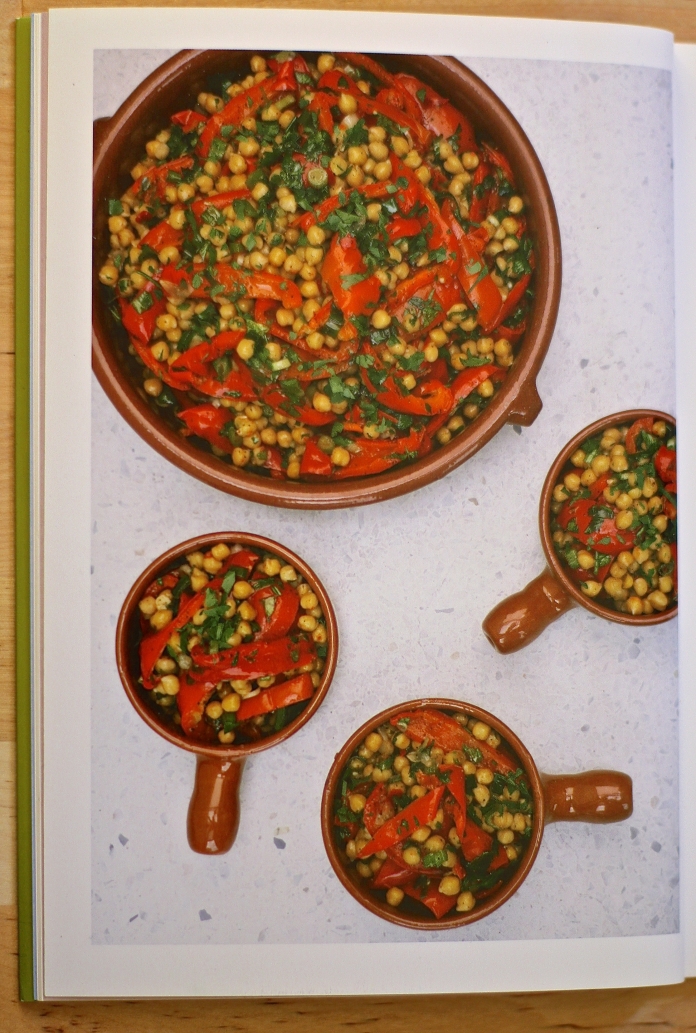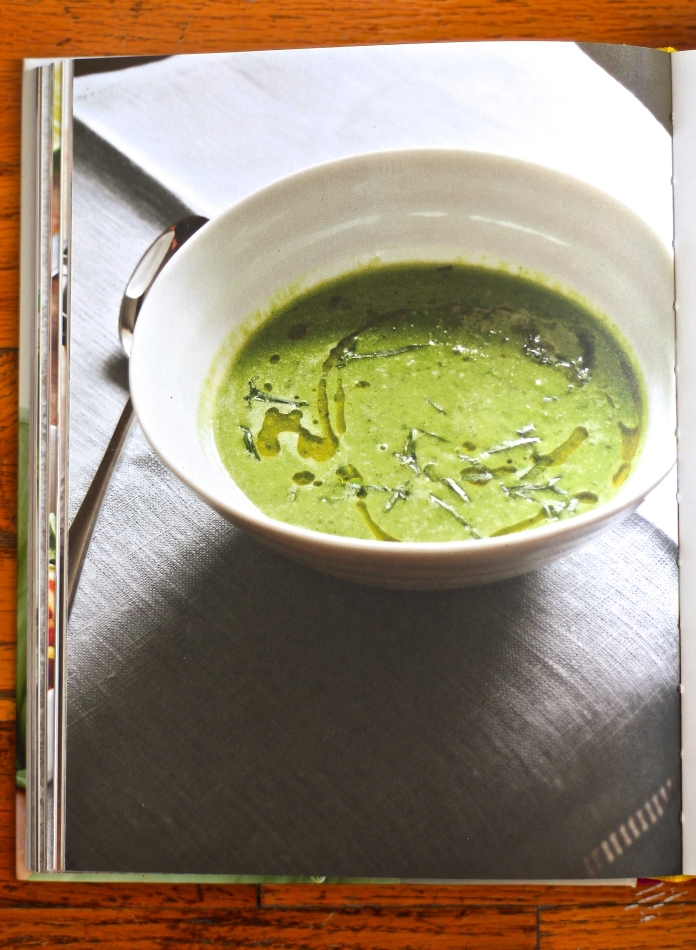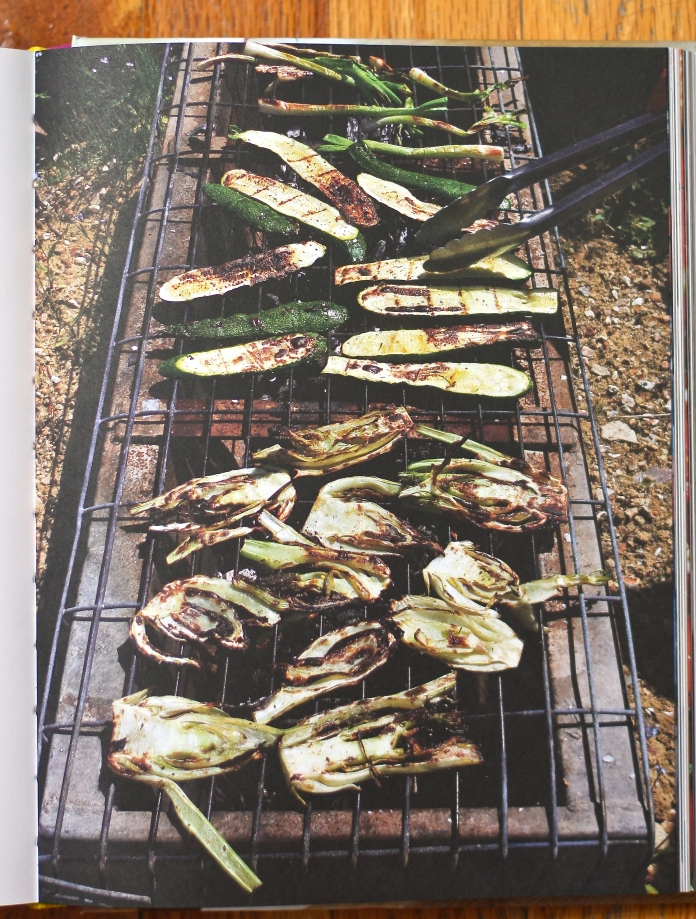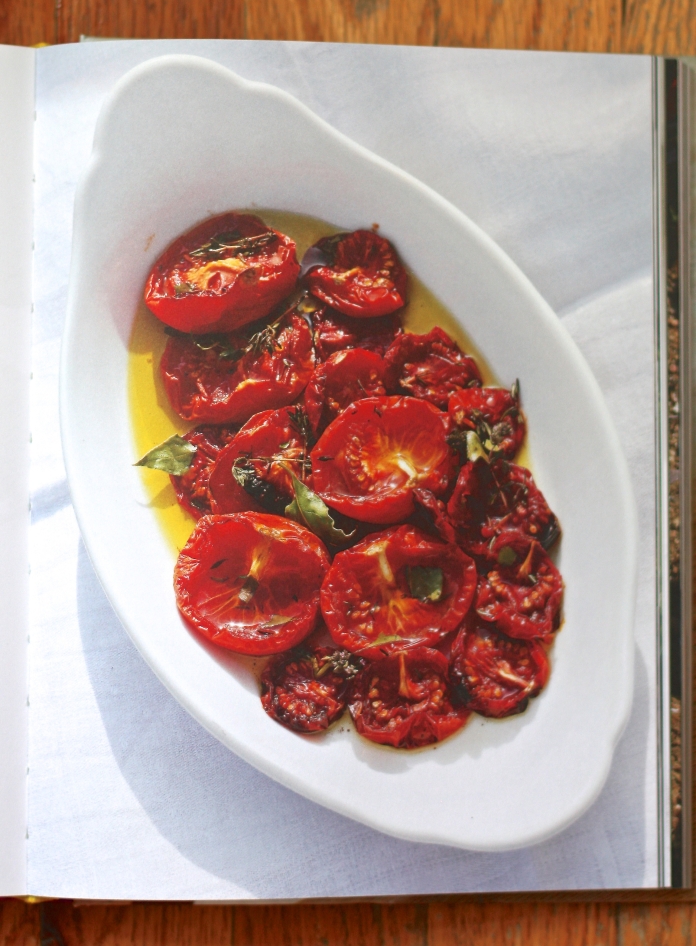SERVES 3
1 mango, peeled, pitted, and cubed
2 tablespoons chopped fresh cilantro
4 green onions, thinly sliced
1 medium red bell pepper, seeded and chopped
1/2 cup frozen corn, thawed, or fresh corn off the cob
3 cups cooked black beans or 2 (15-ounce) cans no- or low-salt black beans, drained and rinsed
3 tablespoons fresh lime juice
1 teaspoon minced fresh garlic
1 teaspoon dried oregano
1 teaspoon ground cumin
dash chili powder*
9 cups chopped romaine lettuce
If using fresh corn, water sauté for 5 minutes or until tender.** Mix all ingredients except the lettuce in a bowl. Let stand for at least 15 minutes. Serve on top of the lettuce. Note: The vegetable mixture without the mango can be made a day ahead and refrigerated. Add the mango and a splash of lime juice just before serving.
* You can use a chili powder that’s suited to your taste, e.g., cayenne, ancho, a mix of those two, or even others — whatever pleases your palate and desire for heat.
** I’ve grown to love raw corn, particularly when sweet, tender, and nicely in season. I don’t really see the point of water sautéing delicious, fresh corn for this recipe, but it’s certainly your call.
Recipe copied from “Eat to Live: the amazing nutrient-rich program for fast and sustained weight loss”
Copyright © 2003, 2011 by Joel Fuhrman, M.D.
Photo © 2014 Veggie Recipe Archives
[PERSONAL NOTE: This is one of my all-time favorite Eat to Live recipes because it’s so simple, fat-free, delicious, and it infuses my body with an instant feeling of clean, wonderful energy. I highly recommend it is a staple salad recipe for healthy living.]








